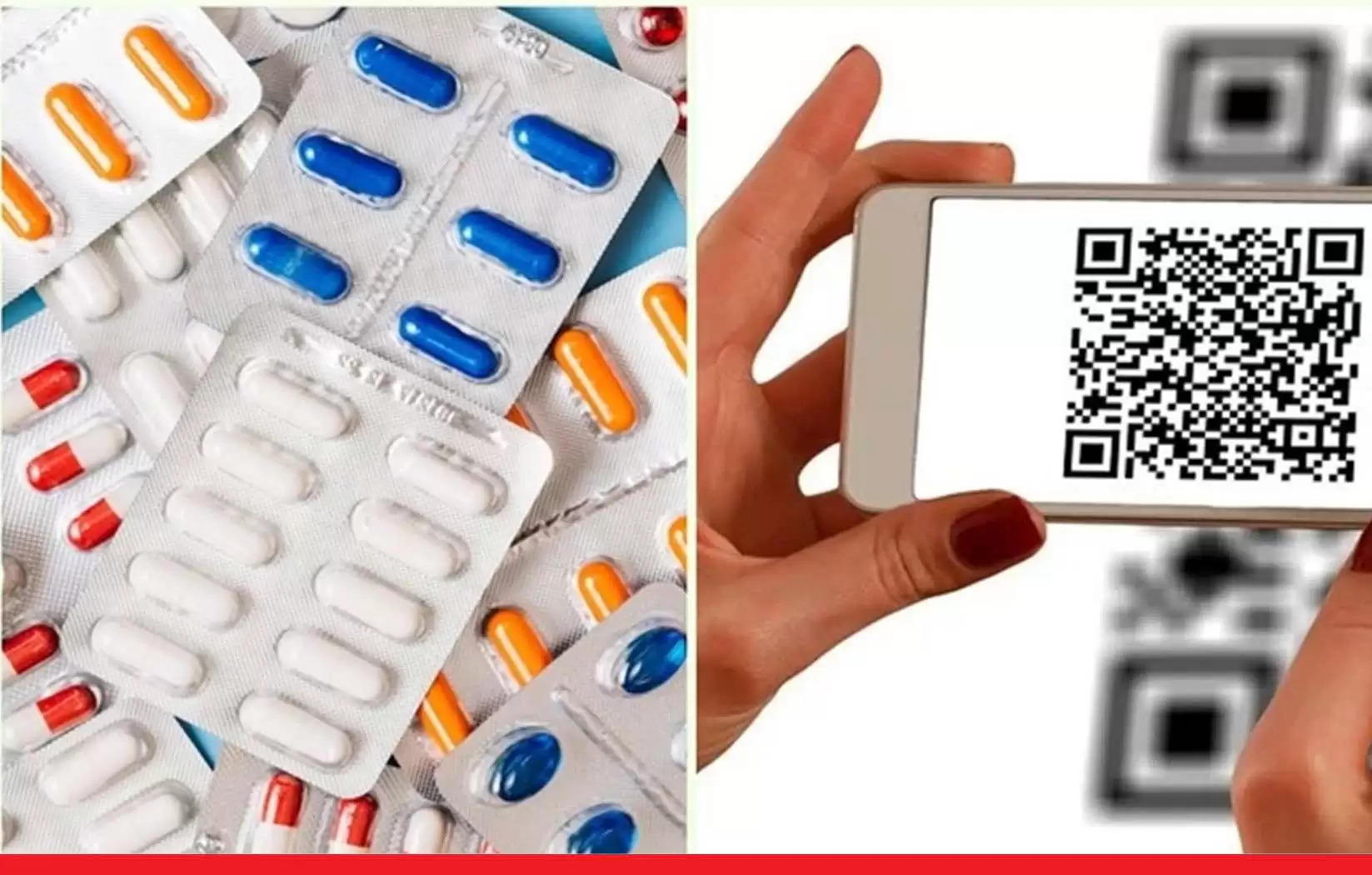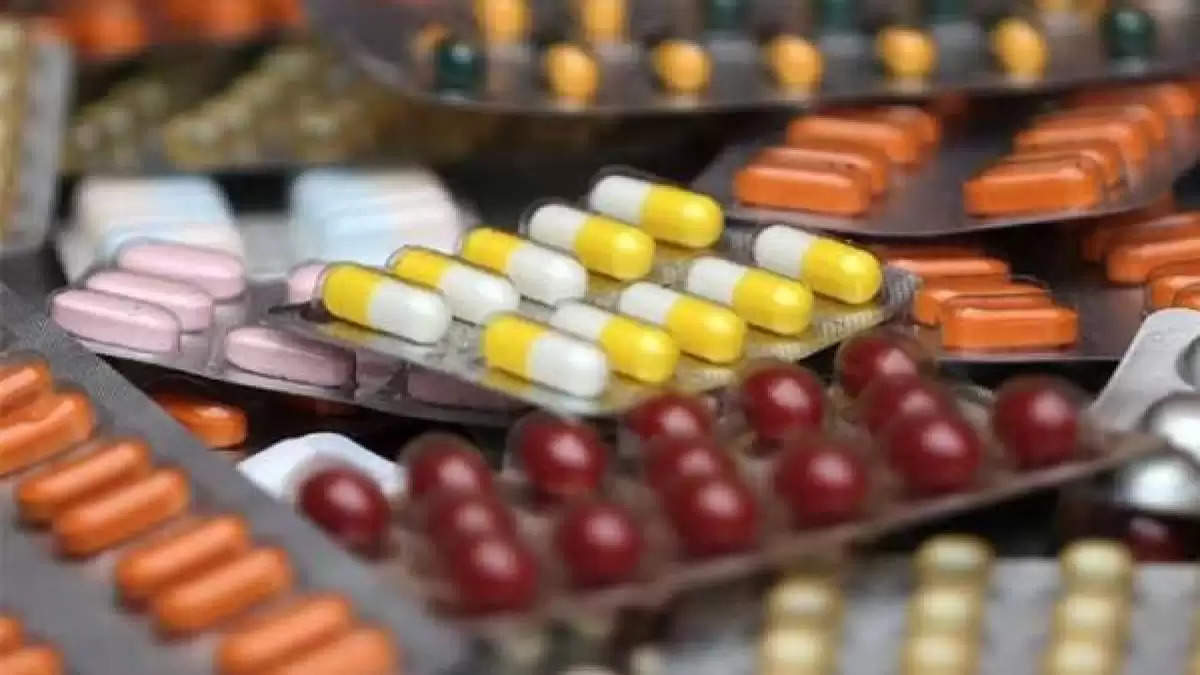Fake medicines can cause these side effects! Click here to know

Prevalence of counterfeit drugs
Counterfeit drugs have now become a global problem. Counterfeit drugs account for about 10% of the global drug market, with an estimated value of between $200 and $450 billion. Most of these products are sold through online platforms. This trend has been further exacerbated by the COVID-19 pandemic, which has led to an increase in online sales of medical products, including vaccines and treatments. Counterfeit drugs can be found in every region of the world, and their prevalence is on the rise. The percentage of counterfeit drugs is even higher, with estimates ranging from 10% to 30%.
Where does India stand?
India is among the top countries in the world in terms of the production and distribution of spurious drugs. A study by the Authentication Solution Providers Association (ASPA) found that India has seen a 47% increase in the sale of counterfeit drugs. Counterfeit drugs are often sold online through illegal pharmacies or unregulated online marketplaces, with many of these products originating from unlicensed manufacturers in India and neighboring countries. These products are often cheaper than legal drugs, making them attractive to consumers who are trying to save money.
In 2017, a Hyderabad-based online pharmacy was shut down by the Telangana Drug Control Administration (DCA), which canceled its license for violating drug sale rules. Another example is the case of an Indian e-commerce website that was found to be selling prescribed drugs without a valid license. In 2015, the Drugs Controller General of India (DCGI) filed a complaint against them, and the company was ordered to stop selling prescription drugs on its platform.
dangers of online pharmacy
1. Lack of Regulation
Be aware that online pharmacies may not be regulated like traditional pharmacies. This means that the medicines they sell may not be safe or effective.
2. Poor Quality Control
Online pharmacies may not have the same quality control standards as traditional pharmacies, leading to the sale of substandard drugs.
3. Limited Patient Information
Online pharmacies may not have access to patients' medical histories or other important information, leading to inappropriate treatment or prescription of drugs.

How to protect yourself from counterfeit drugs
The Indian government has taken several steps to combat the sale of counterfeit drugs online, including enforcing stricter regulations for online pharmacies and increasing market surveillance. In 2018, the Central Drugs Standard Control Organization introduced new guidelines for e-pharmacies, requiring them to be registered and adhere to certain standards, such as maintaining proper records of drugs sold and verifying prescriptions. As a result of this operation, authorities took down more than 1 million fraudulent websites and social media links for illegal online pharmacies and seized more than $20 million worth of counterfeit drugs sold worldwide.
